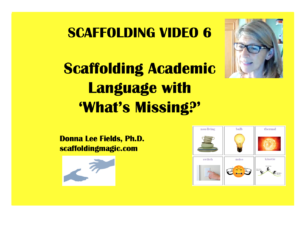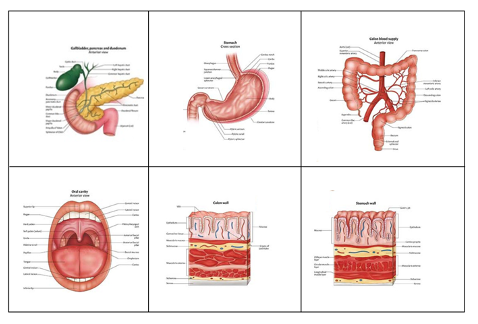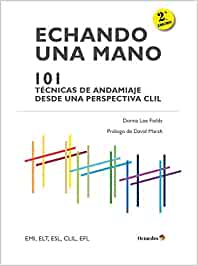You caught a beauty!!!
Download PDF of scaffold here.
theory behind scaffold…
‘Intelligence is not necessarily hereditary. Education can transform a child’ asserts Karl Witte*, a pioneer in what is now known as blended learning. ……………………………………….
…………………………….we need to be proactive in presenting the appropriate tools to our students. We fill our lessons with activities and techniques that will give them opportunities to build a solid foundation of knowledge upon which they construct their thinking. We identify and elucidate academic language before beginning a lesson, unit or project, and create exercises geared toward developing verbal, oral, and aural skills.
Academic language is so important that experts assert that ……………………………………….quality of thinking.** In this age of the Fourth Industrial Revolution, the quality of thinking our students reach in our classes, will be the difference between being qualified for jobs that technology is (still) not capable of performing, and watching the world from the sidelines.
While evidence shows that passive vocabulary programs work in the short-term – to pass exams ……………………………….t with first-, second- and third-tier words,*** through activities that gently ……………………………
This scaffold is one way of achieving this goal. You will be helping your students to ……………………………………….. Students learn concepts and definitions through interaction with images and text and high-level memorisation strategies. The example g………………………………..and you´ll see how you can adapt it to any topic you`re about to introduce.
*Witte, Karl (1914). The Education of Karl Witte: Or, The Training of the Child. New York, Thomas Y. Crowell Company.
**Zwiers, Jeff & Crawford, Marie (2011). Academic Conversations: Classroom Talk that Fosters Critical Thinking and Content Understandings, USA, Stenhouse Publishers.
***Beck, Isabel L. (2008). Creating Robust Vocabulary, New York, Guildford Publishing.
**** Recommended dictionary for sentence examples: Collins COBUILD dictionary
Articles on Student-Centred Learning
- Divide the images up into…………………………… (see example below and find template here.)
- Copy a set of these blocks for each pair of students.
- The pairs interact with the images in the following way:
- Student 1 places s……………………………
- Student 2 has………………
- ……………………to open her/his eyes (or turns back).
- Student 2 identifies the images that are ……………………………
- Students 1 and 2 switch roles and repeat dynamic.
- The activity continues until you are satisfied that the ………………………………………..ation thoroughly.
- Possible dialogue between pairs:
- Student 1: T
- Etc.
- Formative Assessment: Show images and students take turns ……………………………………
- Reflection: In pairs, students write questions using the Question Continuum, exchange them with another pair, and work together to answer them.

video explanation of scaffold…

find more scaffolds here…


Scaffoldingmagic.com is your entryway into DYNAMIC bilingual learning methodologies, such as Phenomenon-Based Learning, CLIL, EMI, and ESL. You’ll find ways to implement critical thinking tools (DOK) to promote higher level thinking, the growth mindset, instill an ethic of excellence, deep reflection on learning, and all through multi-cultural, interdisciplinary activities. We have the keys to turning competences into action and to creating collective efficacy in your school so you move ahead as a unified, enthusiastic team.








